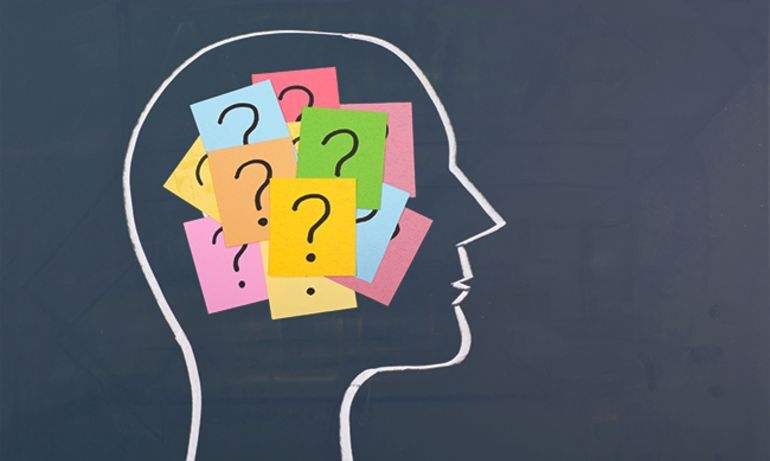Rarely do I get the opportunity to get through an entire newspaper, but on the train to London last weekend, I almost managed it. Once finished though, I wasn’t quite so grateful. The tragic events in the States over the past weeks coupled with the vile behaviours emanating from the Brexit ‘fallout’, dominated the pages and left me feeling quite sad.
“No one is born hating another person because of the colour of his skin, or his background, or his religion” – Nelson Mandela.
In part I agree, but humans are biologically hard-wired to sort vast amounts of complex data as quickly as possible using ‘cognitive shortcuts’. In reference to others, these shortcuts – albeit unintentional – are based on visible cues such as age, skin colour, gender, as well as less visible ones; accent, social background, job, religion etc. Therefore, subconsciously, we quickly form opinions of others which so often lead to stereotyping, dismissal of another’s perspective, rigid viewpoints, and at worst this leads to fear, discrimination and hatred.
No matter how open minded we think we are, we harbour subconscious negative opinions about those we don’t perceive to be ‘like us’ and conversely, have subconscious preferences for those we do consider to be ‘like us’. This is unconscious bias. Like it or not, we all have it.
The impact of unconscious bias at work
Just as these cognitive shortcuts conceal prejudices even when we explicitly believe prejudice and discrimination is wrong, so too can they unintentionally undermine company culture.
In May 2014 Google released some interesting stats. 70% of it’s 56,000 employees were male, 3% were Latino and 2% were African-American. Google cited the lack of diversity, in part, on unconscious bias.
Unconscious bias influences decisions at all levels of a business and in all areas, from talent acquisition, development and promotion through to innovation and change capability.
For instance, during the recruitment process, many of us will display a type of unconscious bias known as affinity bias; the tendency to warm up to people we perceive to be like ourselves. How often have you used phrases such as ‘culture fit’? Essentially, we’re saying we want someone the ‘same’, because that’s good, while ‘different’ is not so good.
Perception bias is another one. This is the tendency to form stereotypes and assumptions about certain groups that make it impossible to make an objective judgement about members of those groups. Not surprising then that over 1/3 of people in the UK tend to think of disabled people as not as productive as everyone else, according to a report by disability charity Scope.
Confirmation bias is the tendency for people to seek information that confirms pre-existing beliefs or assumptions. This can become a significant obstacle to creative thinking and change implementation as it can make people close-minded and quick to dismiss the ideas and opinions of others when they fail to match theirs or agree with them.
Controlling our biases
While these biases are happening unconsciously, the good news is that we can still all make a difference, in both our professional and our personal lives by taking a few steps to combating them.
A few ideas to consider are:
Understand why and how it occurs
Be conscious of your unconscious biases
Be aware of your energy levels
Don’t jump into decisions
Practice empathy
Ask for advice and feedback
Governance and training that focusses on diversity, inclusion and even unconscious bias have a part to play. But, if there really is going to be a fundamental shift, what better place to start than the thoughts and behaviours over which we have the most control – our own.
‘Be the change you want to see in the world’ – Mahatma Ghandi
